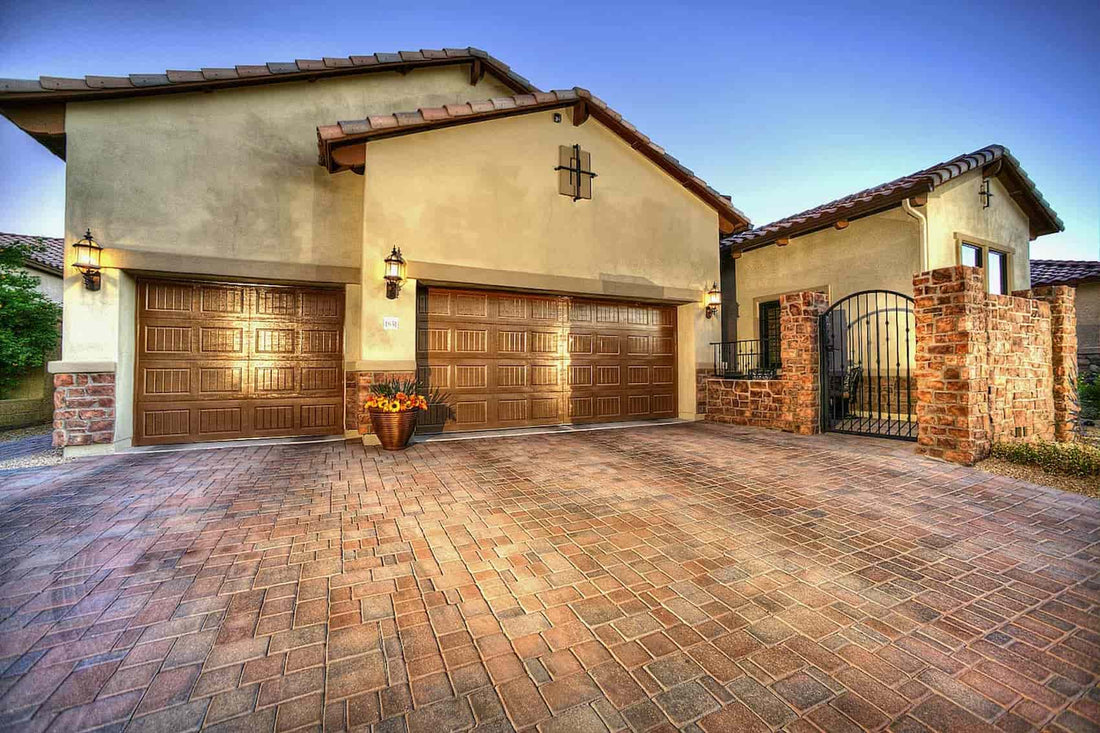
11 Best Real Estate Photography Tips for Photographers
Share
We've all seen beautiful pictures of houses and thought 'wow, that house is so nice, it looks unreal.' A lot of that thought process can be attributed to amazing real estate photography.
Knowing how to frame the subject, what lighting to use, and what equipment to bring is important. It can really make the difference between an amazing real estate shot, and an okay one.
So you want to know how you can get into real estate photography? Or how to improve your current photography technique. Well, stay tuned because we'll provide you with a definitive guide on Real Estate Photography.
Real Estate Photography
- What is real estate photography?
- Real estate photography gear list
- 11 best real estate photography tips
- How much to charge for real estate photography
- How to become a real estate photographer
What is real estate photography?
Simply put, real estate photography is the photography of the interior and exterior of houses. But, "why would people take photos of houses?", you might ask.
Well, the most common reason is the real estate market. New and old houses are being sold all the time, and to get the highest price, clients want their house to look as nice as possible. That's why they want a photographer like you to take stunning pictures of the property. You can highlight interesting architecture photography, or make the space feel more inviting.
While it's a specialized niche, and isn't nearly as popular as landscape or portrait photography, there's actually a very high demand for it. There are TONS of clients out there looking for real estate photographers.
And, the specialized nature of real estate photography doesn't mean that you'll be taking the same boring photo over and over. In fact, houses can vary a lot. There are big houses, little houses, ranches, colonials; you get the picture.
With that in mind, real estate photography can actually be a great hobby or career to pursue!
Real estate photography gear list
 As mentioned, light painting photography takes a lot of patience. It also requires certain tools and equipment.
As mentioned, light painting photography takes a lot of patience. It also requires certain tools and equipment.
- Camera bag: The number one thing that you need as a photographer is to have a premium camera backpack that can fit your gear.
- Wide angle lens: To make rooms look more spacious and grand, make sure you bring a A wide-angle lens to your real estate photoshoot. This will help alleviate the cramped feelings of tight spaces. Some great options to consider are the NIKKOR 16-35mm for Nikon and EF 17-40mm f/4L for Canon
- Tilt shift lens: While this lens is on the pricey side, it can be a great choice for real estate photography when you incorporate forced perspective photography. Using the lens will allow you to tilt the optics that will hit your image sensor. You can use this to capture huge, panoramic shots, and eliminate distortion.
- Tripod: To take effective long exposures, make sure you bring a tripod. This will steady your shot and avoid camera shake
- Flash and light modifiers: There are plenty of dark spaces scattered around houses. To capture them in detail, you'll need a flash, or some light modifiers. Either of these options will help flood the dark spaces with light, but also consider the brightness and color of the light too.
To carry these important pieces of equipment, make sure you bring your camera bag! This will give you easy access to these tools and keep them safe if the weather goes south. We recommend The Voyager camera backpack, as it’s well-made and weatherproof. It even has a dedicated tripod strap!
This backpack packs a serious amount of gear for its size, fitting two DSLR cameras, up to seven lenses, a laptop, a tablet, and other accessories. All this storage makes it easy to pack anything and everything you’ll need for your real estate photoshoot.
For comfort, this backpack also features both padded shoulder straps and back padding made of a light, breathable material. You’ll have comfort during extended periods of time wearing it, and keep cool when it’s hot out.
Overall, this bag is a huge plus and can really save you a lot of time and headaches when packing or using your gear.
11 best real estate photography tips

Now that you know the basics, you’re ready to learn some invaluable tips for taking great real estate shots. We’ve gathered 12 of the very best!
1. Make a shot list

Every home is different, and your client will likely want you to focus on some key rooms or areas. To know what you have to cover, make sure you create a shot list before you arrive at the shoot.
Just think, what do you need for the kitchen? The living room?
Take note of the most important rooms or features, and then also include how many shots you're taking, and what equipment you might need for them. For example, you could write your list like:
- Need 2-3 wide angle shots of the master bedroom, kitchen, and living room.
- Need 2+ shots highlighting the spacious 3 acre property
- At least 1 shot of other important features, such as the garage, bathroom, pantry, etc.
This list also comes in handy for communicating with your client, as they'll know exactly what to expect from your shoot, and be able to tweak things.
2. Have a look around

Make sure you take a look around before you start shooting. Do you see any amazing views? Can you find any interesting angles?
Take a mental note of the spaces you find most beautiful, and the angles you find most appealing. During this time, you can also ask the homeowner if it's okay for you to move anything around.
Taking a lot around can also inform you on where you want to start. Maybe the light coming from the living room window is perfect right now, and you don't want to pass up that opportunity.
3. De-clutter the property

No one on the real estate market wants to see a messy house, and as the photographer, it's your job to make sure the house has a good image.
Before you start shooting, ask permission to declutter. Pinpoint any mundane items that might stand out. These items can be on countertops, coffee tables, desks, etc.
Remember that you can leave one or two decorative items, but be sparing with them.
4. Use ambient light

You'd be surprised how much a well lit lamp or overhead light can brighten up your shot. Overall, ambient light can be a great way to set the mood, or flush out the detail of dark interiors.
For example, candles and fireplaces can be a great way to warm up a space, whereas neon lights can create a cool atmosphere. Either of these options also spread light throughout the space, and bring out more details.
These changes can also give your shot a particular atmosphere. From mysterious and dreamy to harsh and dark. It all comes down to the type of lighting you choose to capture.
5. Choose the time of day carefully

The time of day you choose to shoot can have a big impact on your shot. While daytime is the most common time real estate photographs are taken, you could consider golden hour or blue hour.
Golden hour encompasses roughly one hour after sunrise and one hour before sunset. This light is warm, soft and directional. On the other hand, blue hour, otherwise known as twilight, creates a soft, subtle blue tone in the sky.
When deciding when you want to shoot, you should consider a few factors. What direction do the windows of the house face? What outdoor features or colors does the house have?
If you have a western facing window in the living room, you could potentially take some beautiful evening golden hour shots. At the same time, an outdoor blue can look even more blue and beautiful during blue hour.
6. Use flash and bounce to diffuse

You can use your flash to brighten up areas of the house, but you'll also want to avoid a bright spot in the middle of your shot. Luckily, you can bounce the light off walls to soften it and avoid this issue.
You can use the wall behind you, the ceiling above you, or even one of the side walls. The end goal being to diffuse the light more evenly around the space.
For larger rooms, try installing your flash units on your light stands, so you can position them toward the ceiling.
7. Highlight a room's best features

Does your room have a beautiful window, grand fireplace, or newly finished floors? If so, make sure you emphasize those features in your shot.
After all, buyers will focus on the interesting features they like, and it's your job to draw their attention to them.
8. Shoot straight for less distortion

Especially when using a wide-angle lens, your shots can be prone to distortion. Even something as simple as pointing the camera up or down can cause the vertical lines to slant. Of course, this kind of distortion isn't a desirable look in real estate photography.
Regardless of the angle you're shooting, make sure you keep the camera straight. This is made a whole lot easier when using a sturdy tripod.
9. Consider camera height

Height is an important thing to consider when shooting rooms. If your shot is too high, you'll see too much ceiling and not enough of the living space. On the other hand, if you go too low you see too much furniture and not enough room.
Typically, the ideal height for real estate photography is roughly 5 feet. After all, this is nearly the average human height, making the few of the room feel familiar.
Do keep in mind that every house is different, but for the most part, shoot at 5 feet to maintain balance.
10. Be mindful of exposure

While window light or other ambient light sources can be beautiful ways to enhance your shot, make sure you don't let them throw off your exposure. The light from an especially bright window can easily be overexposed if you don't manually edit your camera settings.
Always expose for the light, and lower your ISO if your main light source seems too bright.
11. Carefully edit photos

The color and warmth of a room is an important part of your shot. With that in mind, you can use your post-photoshoot editing to enhance your photography.
Use Lightroom or Photoshop to balance colors and temperatures. You can apply the Adjustment Brush to the photo to edit the light. For example, to make the light warmer, select a brush and adjust the light temperature towards blue.
Edit until all the colors match surrounding areas. This will make the image look like professional real estate photography.
How much to charge for real estate photography
So we've peaked your interest, and now you're curious about pricing. Well, the price of your real estate photography can depend on a few important factors.
On your end, you have to consider preparation, travel, and editing time. If you live in LA and need to travel to Seattle for a shoot, you're probably going to charge more than if you were shooting locally.
Don't underestimate the value of your time either! You'd be surprised how long it takes to edit some photos.
However, all this is not to say that real estate photography isn't profitable.
On the client end, clients with grand, frivolous houses will likely pay more than clients with suburban houses. Similarly, clients in big cities will likely pay more than ones in small towns.
Overall though, the average salary for a real estate photographer in the U.S. is $60,520 per year. Of course, this number is not a guarantee, as you also have to factor in your own experience, and your location in the country.
So you want to become a real estate photographer

If the pricing seems to suit your needs, you’re probably wondering how to get into real estate photography.
Fortunately, there are a few steps you can take to get started.
First, consider taking a few real estate photography classes. You can do these online or in person, but the skills you learn can be invaluable.
Next, be aware that your experience is far more important than your background. Take some freelance work whenever you can, and don't be afraid to branch out of your comfort zone.
Finally, you also might want to consider setting up an invoicing system, and creating photography contracts. This will allow you to do professional work for clients.
Also, get your name out there through social media and business cards!
Up Next: What is Ambient Light in Photography?
Now that you know how to shoot real estate photography, what are you waiting for? Let us know in the comments how you plan to kickstart your Real Estate Photography career. Then, get out there and start shooting!
And, if you're interested in learning more about the importance of ambient light, check out our article on it.

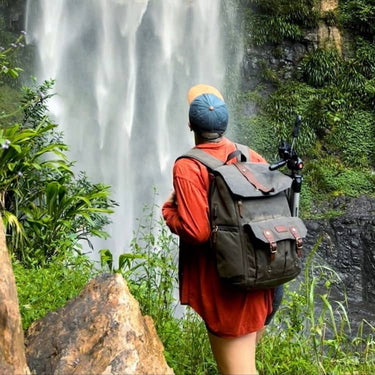
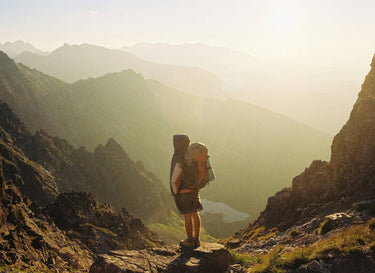
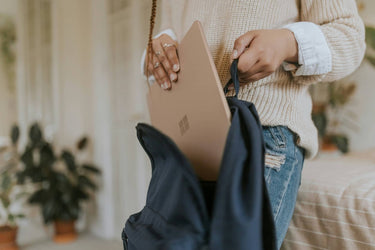
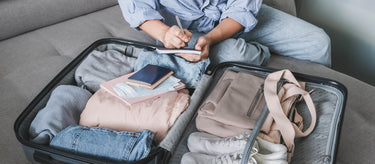
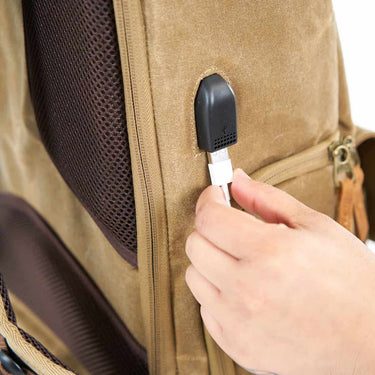
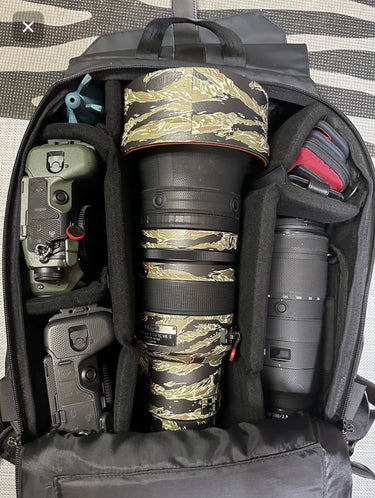
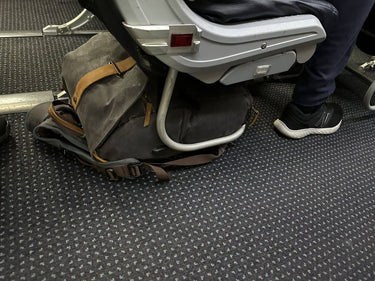



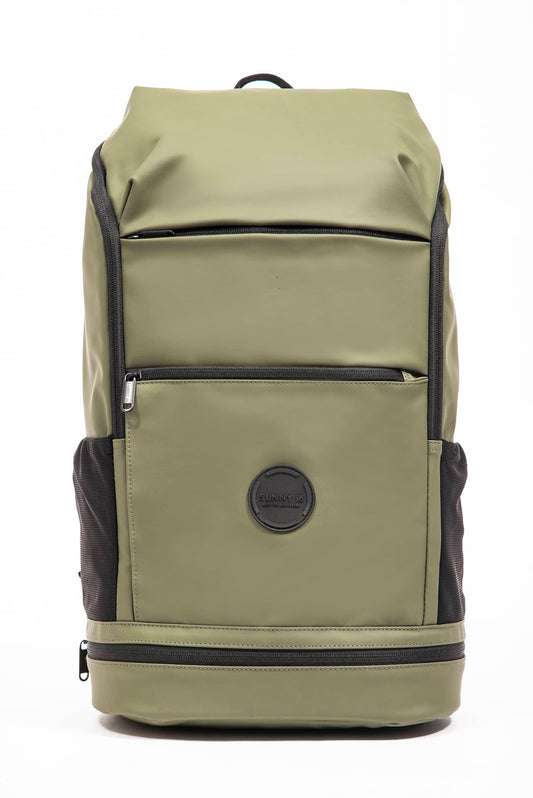
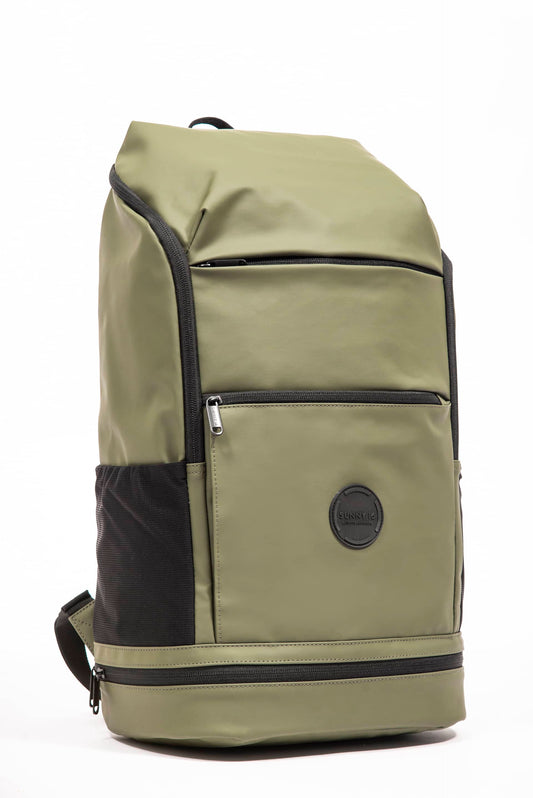
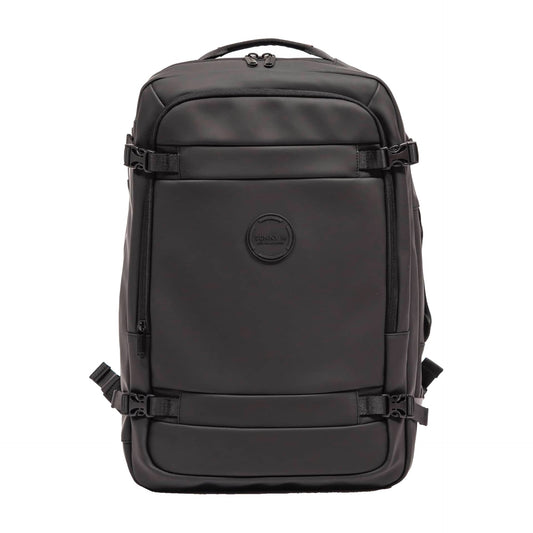
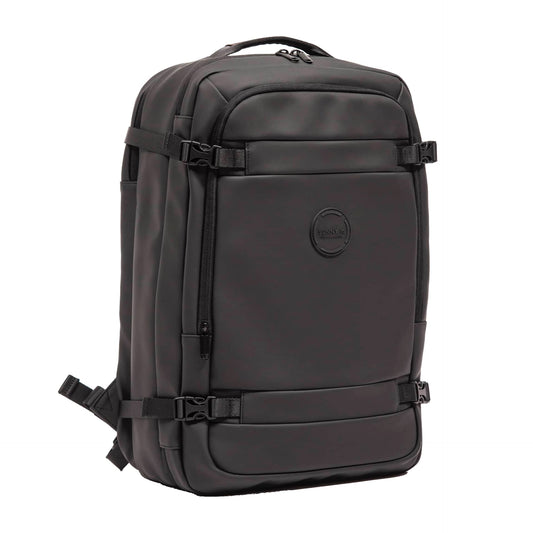
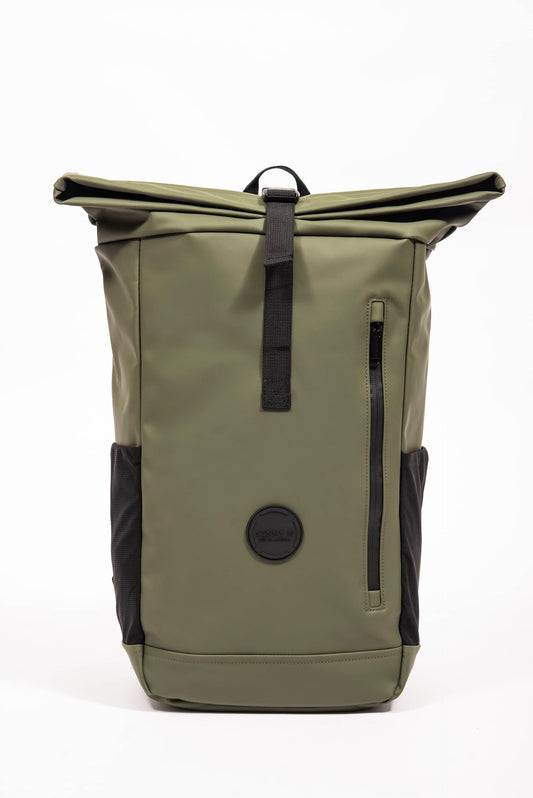
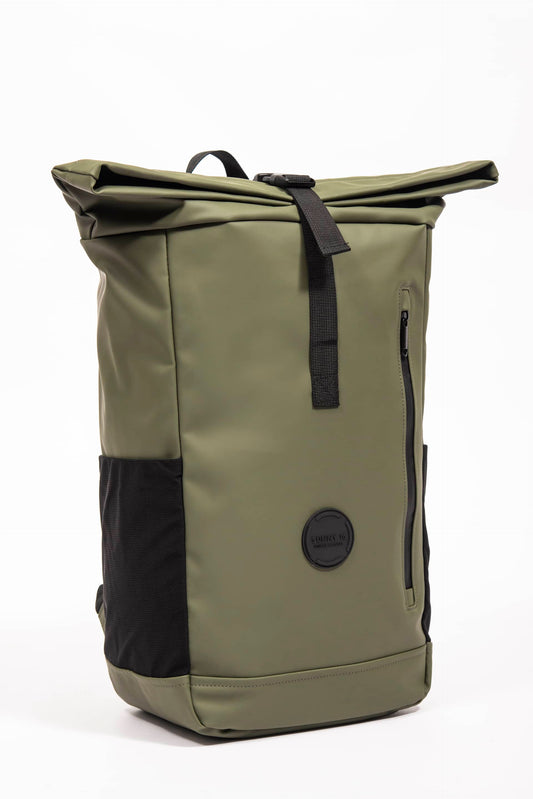
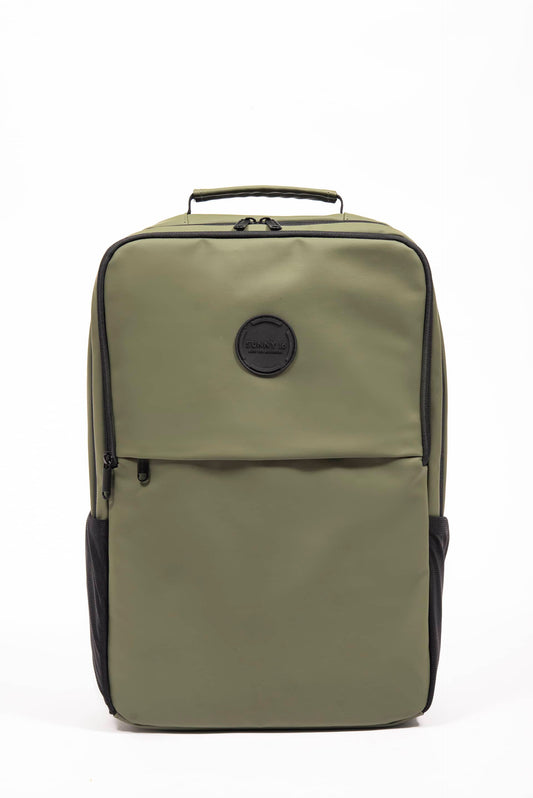
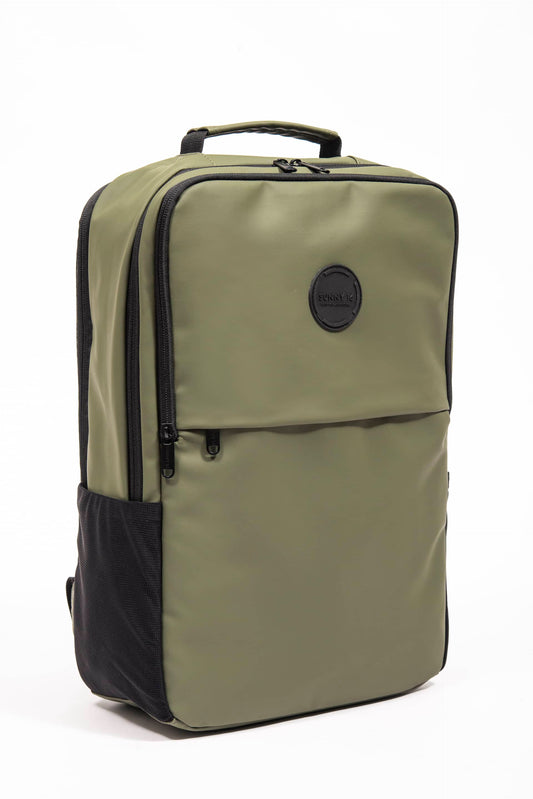
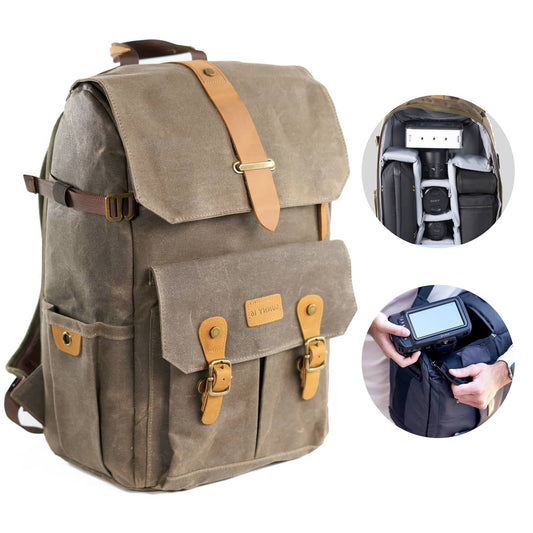
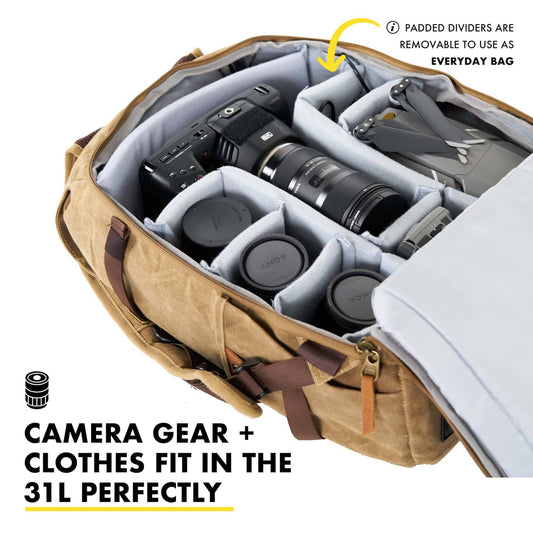
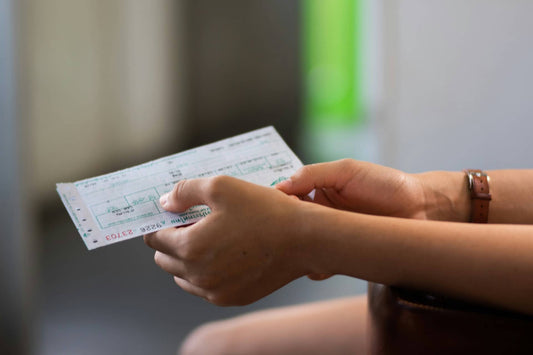
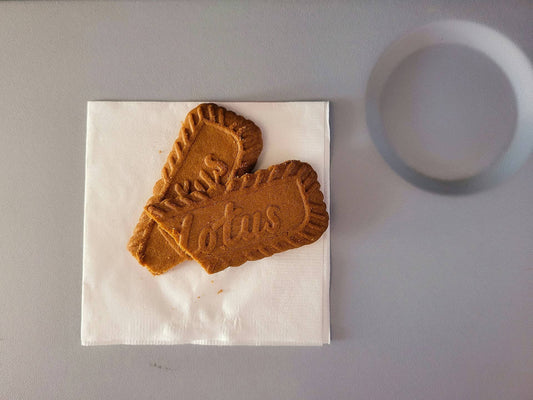




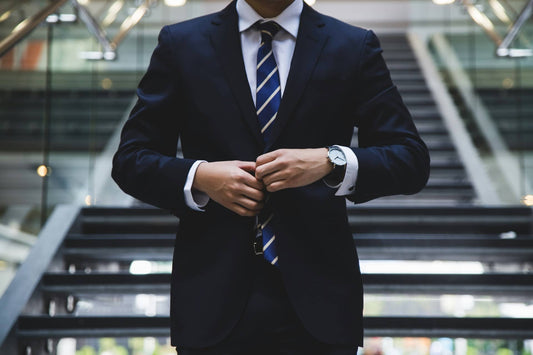
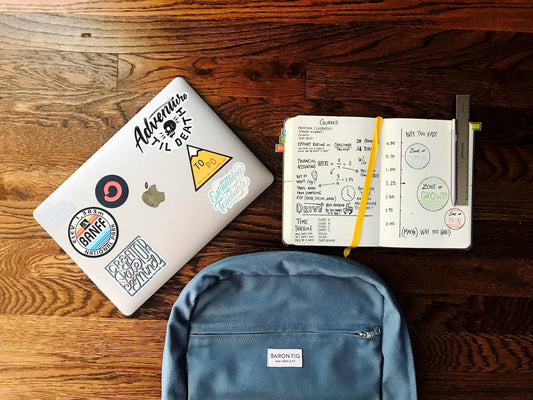
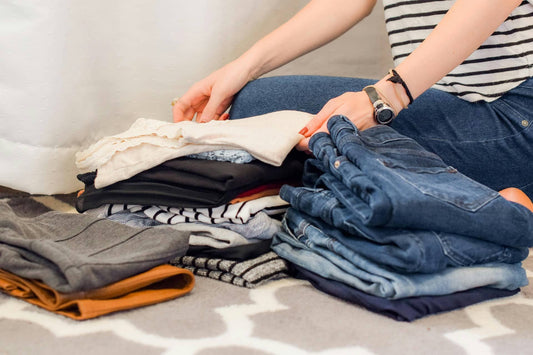
6 comments
I appreciate the tip about making a shot list of key features of the house first before proceeding with the shoot. I’m planning to sell my house soon, so I need photos to put up with my listing. I’ll be sure to contact real estate photography services as soon as possible. https://www.propertypixfl.com/